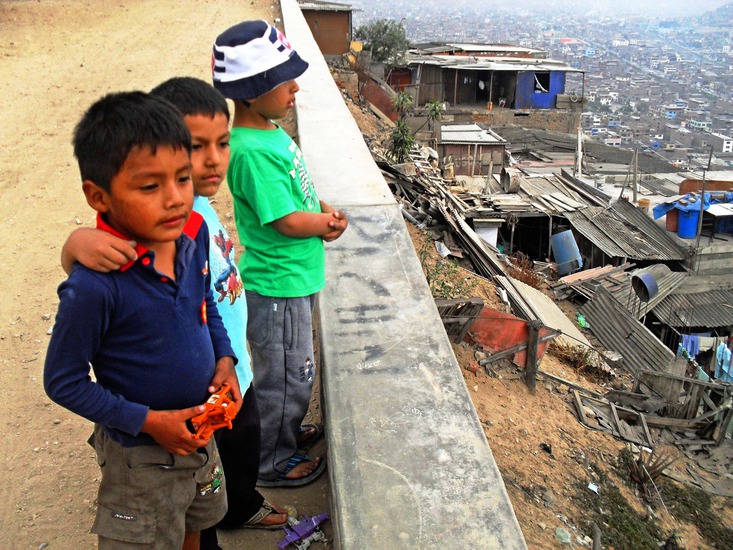STORY HIGHLIGHTS
- In the first decade of the century there have been more disasters than in the previous 30 years.
- More than half of the destroyed houses by floods, landslides, earthquakes and other disasters since 1970 had been built in areas considered unfit for urbanization.
- The World Bank and GFDRR support the Colombian government with research, studies, financial services including financing and technical assistance to strengthen the institutions that manage disaster risk.
The phenomenon of La Niña in 2010 and 2011 that destroyed 8,000 homes, caused damage in more than 400,000 others, and affected 3.5 million people, showed how vulnerable we are when facing natural phenomena, and what is missing to reduce that vulnerability. In fact, in the first decade of this century there were more houses and people affected by floods and landslides in Colombia than in the previous 30 years.
According to World Bank studies, this increased frequency of disasters and the magnitude of their damage are due to the increased exposition and vulnerability of Colombians: 85% of the population lives in areas exposed to two or more natural threats.
The risk of living in a city
The Colombians that live in cities are those that are the most exposed and vulnerable to disasters.
The reason is that there are more and more houses built informally, with inadequate material and construction techniques, and in places with more risk.
More than half of the houses destroyed by floods, landslides, eruptions, earthquakes and other disasters since 1970 have been built in areas considered unfit to be urbanized. Most of these houses have been destroyed by floods, according to World Bank studies.
This is a crucial topic, considering that three out of four Colombians live in urban areas and that the number of families that are settling down in precarious housing is continuing to grow.
"Three out of four Colombians live in urban areas and the number of families that are settling down in precarious housing is continuing to grow."

Children look over their city in Colombia.
Knowledge and risk reduction
To face these challenges, the Colombian government makes efforts to get to know and reduce the risk as well as to manage the consequences of the disasters when they strike.
The World Bank supports and accompanies these efforts for various years with financial services, programs to reduce vulnerability, technical assistance and facilitating the coordination between institutions and those responsible for disaster risk management.
Colombia has, for example, a World Bank financial instrument that gives the country money when a disaster reaches a certain magnitude. Already in 2010, US$150 million were put at the disposition of the government because of the floods caused by the “La Niña” phenomenon.
Another initiative is a web platform that evaluates the risk probability for Colombia, to have more information when formulating public policies and planning the development of the country. The World Bank offered technical assistance for that project.
An analysis of disaster risk management in Colombia identified the progress and the challenges of the system. Also, a workshop focused on reducing disaster risks at a local and municipal level was held.
Other successes include strengthening schools, kindergartens, and hospitals in Bogota to protect them from earthquakes, and the relocation of families that were living in vulnerable areas of the city.
Content and images courtesy of the World Bank Latin America and Caribbean team. For more information, please click here.
